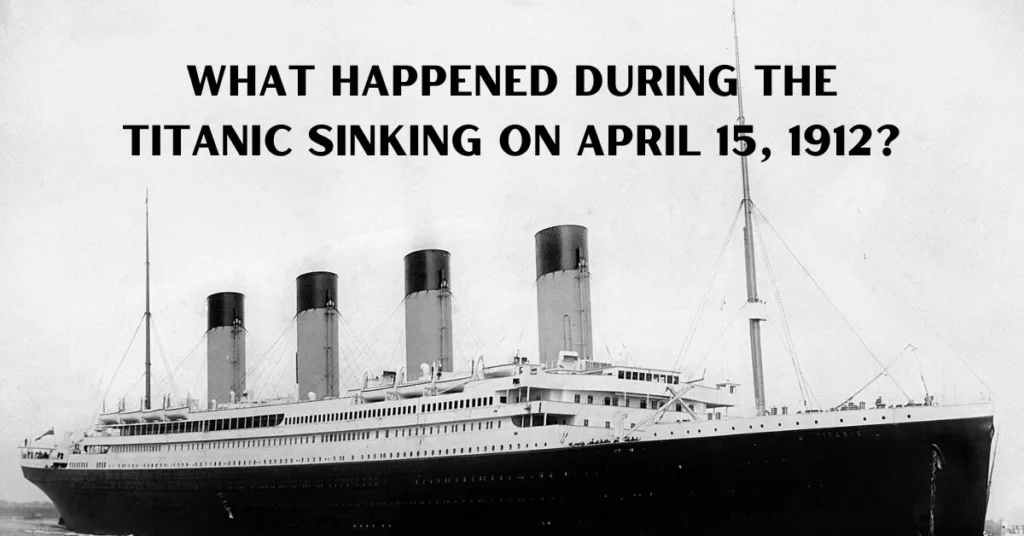In this article, we’re diving into the fascinating and tragic story of the Titanic, the “unsinkable” ship that met its doom on April 15, 1912. We’ll start with a brief overview of the ship’s construction and design, exploring its innovative features and the flaws that contributed to its fate. Then, we’ll introduce you to the passengers and crew who embarked on this fateful journey, giving you a glimpse into life on board the Titanic.
As we continue, we’ll unravel the events leading to the catastrophic iceberg collision, the desperate attempts to evacuate and save lives, and the ship’s tragic final moments. In the aftermath, we’ll discuss the investigations that took place, the changes in maritime safety regulations, and the ongoing fascination with the Titanic’s legacy.
From the ship’s rediscovery in 1985 to its impact on popular culture, we’ll leave no stone unturned. So, grab your life vest and join us on this voyage through history as we explore the unforgettable tale of the Titanic.
Table of Contents
The Construction and Design of the Titanic
As we set sail on this journey, it’s essential to understand the monumental feat of engineering that was the Titanic. In this section, we’ll explore the ship’s construction and design, delving into the work of its shipbuilders, Harland and Wolff, as well as the innovative features that set the Titanic apart from other vessels of its time. We’ll also shed light on the safety measures implemented and the flaws that ultimately played a role in the ship’s tragic demise. So, let’s dive into the story behind this legendary vessel, appreciating the craftsmanship and ambition that brought the Titanic to life.
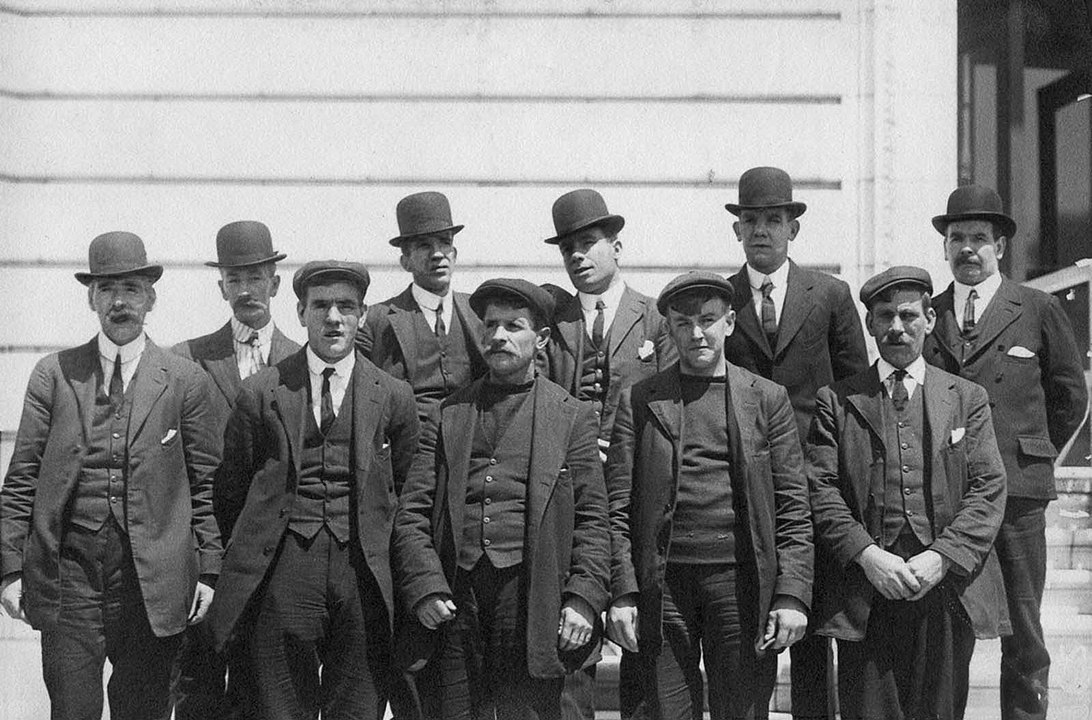
The Shipbuilders: Harland and Wolff
The story of the Titanic begins with its creators, Harland and Wolff, a prominent shipbuilding company based in Belfast, Northern Ireland. Founded in 1861 by Edward James Harland and Gustav Wilhelm Wolff, the firm quickly made a name for itself as a leader in the maritime industry.
When J. Bruce Ismay, managing director of the White Star Line, commissioned Harland and Wolff to build a new class of luxurious ocean liners, the stage was set for the creation of the Titanic. Alongside her sister ships, the Olympic and the Britannic, the Titanic was designed to be a floating palace, outshining competitors with her opulence and size.
Thomas Andrews, the nephew of Lord Pirrie (chairman of Harland and Wolff), was the talented naval architect tasked with the Titanic’s design. Aiming for both elegance and safety, Andrews oversaw a team of skilled craftsmen and engineers working tirelessly to bring the vessel to life. The shipyard buzzed with activity, as the Titanic slowly took shape over the course of three years.
The construction of the Titanic required immense resources, with more than 3,000 workers involved in the process. The ship’s hull, formed from over 2,000 steel plates, was held together by more than 3 million rivets, an impressive feat for its time. The workforce faced dangerous conditions, and it’s estimated that eight workers lost their lives during the ship’s construction.
Finally, on May 31, 1911, the Titanic was launched into the River Lagan amidst great fanfare. However, it would be another year before the ship was fully outfitted and ready for her maiden voyage. The painstaking efforts of Harland and Wolff had culminated in the birth of the most luxurious and largest ship of its time, a testament to the ambition and skill of all those involved.
In this section, we’ve journeyed through the origins of the Titanic, focusing on the role of Harland and Wolff in her creation. As we continue, we’ll explore the engineering innovations and features that made the Titanic a marvel of its time and delve deeper into the safety measures and flaws that would come to define her tragic story.
Engineering Innovations and Features
The Titanic was a true marvel of engineering for its time, boasting cutting-edge features and innovations that made her the epitome of luxury and technology. Let’s delve into some of these remarkable elements that set the Titanic apart from other ships of her era.
One of the Titanic’s most striking features was her sheer size. Measuring over 882 feet in length, with a beam of 92 feet and a gross tonnage of approximately 46,000 tons, she was the largest moving object ever built by humankind at that time. This massive scale allowed for an unprecedented level of amenities and comfort on board.
A marvel of engineering, the Titanic was powered by a combination of two triple-expansion reciprocating steam engines and one low-pressure turbine. This innovative propulsion system generated a whopping 46,000 horsepower, enabling the ship to reach speeds of up to 23 knots.
To ensure a smooth and stable voyage, the Titanic was equipped with a state-of-the-art system of 29 boilers and 159 coal-fired furnaces. This power plant could consume up to 825 tons of coal per day, with a team of 176 stokers and trimmers working around the clock to keep the engines running.
The Titanic’s electrical system was equally impressive, with a capacity equivalent to a city of 12,000 people. The ship boasted over 10,000 light bulbs, an extensive telephone network, and even electric lifts and heaters, setting a new standard for passenger comfort and convenience.
One notable innovation was the watertight compartment design, with the ship divided into 16 compartments separated by watertight doors. In theory, the Titanic could remain afloat even if four of these compartments were flooded. However, as we’ll discover later, this safety feature would prove insufficient in the face of disaster.
On the luxury front, the Titanic outshined her competitors with opulent interiors, inspired by the finest hotels and mansions of the era. Passengers could enjoy lavish amenities such as the Turkish baths, a swimming pool, a gymnasium, a squash court, and multiple dining rooms and lounges, all adorned with intricate woodwork, plush furnishings, and ornate details.
Safety Measures and Flaws
Despite the Titanic’s innovative design and cutting-edge features, her story is one of tragedy, partly due to the safety measures that fell short and flaws in her design. In this section, we’ll explore these aspects that contributed to the disastrous events of April 15, 1912.
One of the most glaring oversights in the Titanic’s design was the insufficient number of lifeboats. The ship had a capacity for 3,547 passengers and crew, but the lifeboats could only accommodate 1,178 people. Although the Titanic technically met the British Board of Trade’s regulations at the time, this shortcoming proved to be disastrous during the evacuation.
The lifeboat davits, designed by Alexander Carlisle, were a notable safety innovation. These advanced devices allowed lifeboats to be lowered and launched quickly and efficiently. Unfortunately, the ship didn’t carry enough lifeboats to take full advantage of this system.
The watertight compartments, initially considered an innovative safety feature, also proved flawed. The bulkheads separating the compartments didn’t extend high enough to prevent water from spilling over into adjacent sections. In the face of the iceberg collision, this design flaw allowed water to flood multiple compartments, sealing the Titanic’s fate.
Another critical issue was the quality of the ship’s steel hull and rivets. While the materials used were considered high-quality for the time, modern metallurgical analysis has revealed that the steel was brittle at low temperatures. Combined with subpar iron rivets, this weakness made the hull more susceptible to damage from the iceberg’s impact.
The Titanic’s crew, although experienced, lacked proper training in some areas. The lack of lifeboat drills and confusion during the evacuation contributed to a disorganized and chaotic response to the crisis, leading to lifeboats being launched partially filled and the unnecessary loss of lives.
Lastly, the ship’s wireless operators played a crucial role in the events leading up to the disaster. Although they received multiple iceberg warnings from other ships, the focus on transmitting passenger messages led to some of these warnings being delayed or ignored, leaving the Titanic unprepared for the imminent danger.
The Passengers and Crew
First-class passengers aboard the Titanic enjoyed unparalleled luxury, with some of the wealthiest and most prominent figures of the era on board. From millionaire businessmen like John Jacob Astor IV and Benjamin Guggenheim to celebrities such as silent film actress Dorothy Gibson, first class was a who’s who of high society. Lavish staterooms, exquisite dining experiences, and an array of entertainment options ensured that these passengers traveled in the utmost comfort and style.
Second-class passengers on the Titanic, consisting of middle-class travelers and professionals, also enjoyed a comfortable journey. While not as opulent as first class, the accommodations and amenities provided to second-class passengers were still considered luxurious by the standards of the time. They had access to well-appointed cabins, pleasant dining facilities, and a range of recreational activities, making their voyage an enjoyable experience.
The majority of the Titanic’s passengers traveled in third class, many of them immigrants seeking a better life in America. Despite the more cramped quarters and basic amenities, third-class accommodations on the Titanic were considered superior to those on other ships at the time. Passengers had access to modest dining facilities, shared bathrooms, and communal spaces for socializing. Although separated by class barriers, the hopes and dreams of third-class passengers were just as significant as those of their wealthier counterparts.
The Titanic’s crew was made up of around 885 men and women, each playing a vital role in the ship’s operation and the well-being of the passengers. From Captain Edward J. Smith, the ship’s experienced and respected commander, to the stokers who toiled in the ship’s boiler rooms, every crew member had a part to play. The crew also included stewards and stewardesses, cooks, wireless operators, and musicians, all dedicated to ensuring a smooth and enjoyable journey for those on board.

The Journey Begins
As we’ve explored the Titanic’s construction, design, and the lives of its passengers and crew, it’s now time to set sail on the ship’s ill-fated maiden voyage. In this section, we’ll follow the Titanic as she embarks on her journey, from her departure from Southampton to the pivotal moments leading up to the disastrous iceberg collision. We’ll also shed light on the critical decisions and circumstances that played a role in the unfolding tragedy. Join us as we retrace the Titanic’s path, reliving the excitement, anticipation, and ultimately, the heartbreak of this unforgettable voyage.
Departure from Southampton
On April 10, 1912, excitement filled the air as the RMS Titanic prepared to embark on her maiden voyage. Departing from Southampton, England, she set sail with approximately 2,200 passengers and crew members aboard, blissfully unaware of the tragedy that awaited.
The bustling port of Southampton played host to the Titanic’s grand send-off. As the majestic liner pulled away from the dock, thousands of spectators gathered to witness the historic event. Little did they know that this would be the last time they would see the Titanic afloat.

Stops at Cherbourg and Queenstown
As part of her transatlantic journey, the Titanic made two scheduled stops along the way. First, she docked at Cherbourg, France, on the evening of April 10th. Cherbourg’s harbor was too shallow for the Titanic to enter, so passengers were ferried to and from the ship using smaller vessels called tenders. Notable passengers, such as the American millionaire John Jacob Astor IV and his pregnant wife Madeleine, boarded the ship at Cherbourg.
The Titanic’s next stop was Queenstown, now known as Cobh, in Ireland, on April 11th. This would be her final port of call before making her way across the Atlantic. Here, more passengers boarded, including many Irish emigrants seeking a new life in America.
Life on Board the Titanic
During the first few days of the voyage, life on board the Titanic was filled with wonder and enjoyment. Passengers reveled in the ship’s luxurious accommodations and indulged in a wide array of activities. First-class passengers attended lavish dinners, danced in the elegant ballroom, and sipped tea in the ornate lounges. Second-class travelers enjoyed their own comfortable spaces, while third-class passengers made the most of their modest surroundings, often sharing stories and playing music together.
For the crew, life on board was a mix of duty and camaraderie. They worked tirelessly to keep the ship running smoothly, while also finding moments to bond with their fellow crew members.
The Iceberg Collision
As we’ve retraced the Titanic’s voyage from her departure in Southampton to life on board, we now approach the pivotal moment that would define the ship’s legacy forever: the iceberg collision. In this section, we’ll examine the fateful night of April 14, 1912, recounting the events that led to the disaster, the desperate attempts to avoid the catastrophe, and the immediate aftermath of the collision. We invite you to join us on this harrowing journey through the darkest hours of the Titanic’s story, where a series of misfortunes and miscommunications set the stage for tragedy.
The Night of April 14, 1912
As darkness fell on April 14, 1912, the Titanic continued her journey through the icy waters of the North Atlantic. Passengers enjoyed their final evening on board, attending dinner parties, dancing, and socializing. Meanwhile, the crew carried on with their duties, unaware of the impending danger that lay ahead.
Lookouts and Iceberg Warnings
Throughout the day, the Titanic had received multiple iceberg warnings from other ships in the area. Captain Edward J. Smith, aware of the risk, made the decision to maintain the ship’s speed, relying on the lookouts to spot any potential hazards. In the crow’s nest, lookouts Frederick Fleet and Reginald Lee strained their eyes against the darkness, hindered by the fact that the ship’s binoculars had been misplaced.
The Moment of Impact
At 11:40 PM, Fleet spotted an iceberg dead ahead, immediately ringing the warning bell and alerting the bridge. First Officer William Murdoch, in charge of the bridge at that moment, ordered the ship to turn hard to port (left) and reverse the engines. The crew’s desperate attempt to avoid the iceberg was not enough, as the Titanic’s starboard (right) side scraped against the massive ice formation. The collision tore a series of gashes in the ship’s hull, allowing water to flood the lower compartments.
As we recount the chilling events of the night of April 14, 1912, we come to understand the critical moments that sealed the Titanic’s fate. A combination of missed warnings, misplaced equipment, and unfortunate decisions culminated in the disaster that would claim over 1,500 lives. In the next section, we’ll explore the frantic efforts to save the ship and its passengers as the Titanic began to sink into the icy depths of the Atlantic.
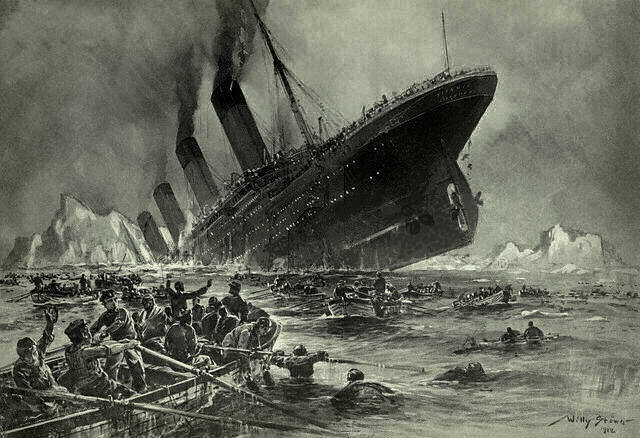
Evacuation and Rescue Efforts
As we delve deeper into the tragic story of the Titanic, we now turn our attention to the heroic and desperate efforts made to save the ship and its passengers after the iceberg collision. In this section, we’ll examine the evacuation process, the challenges faced by crew and passengers alike, and the ultimate arrival of the RMS Carpathia, the ship that would play a critical role in rescuing the survivors. Join us as we shed light on the acts of bravery, selflessness, and human spirit that emerged amidst the chaos and tragedy of the Titanic’s final hours.
The Decision to Abandon Ship
As the reality of the situation became clear, Captain Smith and his officers faced the grim truth: the Titanic was sinking. With water quickly flooding the ship’s compartments, it was evident that the “unsinkable” vessel was doomed. At approximately 12:05 AM on April 15, Captain Smith gave the fateful order to abandon ship, setting in motion a chaotic and heart-wrenching series of events.
Lifeboats: Insufficient Numbers and Unequal Distribution
One of the most glaring oversights in the Titanic’s design was the insufficient number of lifeboats. The ship carried only 20 lifeboats, enough to accommodate roughly 1,178 people—far fewer than the 2,200 passengers and crew on board. This tragic miscalculation was partly due to outdated maritime safety regulations and the belief that the ship was “unsinkable.”
Adding to the catastrophe, the lifeboats were not evenly distributed among the three classes of passengers. First- and second-class passengers had easier access to the lifeboats, while many third-class passengers found themselves trapped below decks or struggling to navigate the ship’s complex layout.
Passengers and Crew Struggling for Survival
As the evacuation began, passengers and crew faced numerous challenges. Panic and confusion spread, and lifeboat launching procedures were disorganized. Many lifeboats left the ship partially filled, as crew members struggled to maintain order and passengers hesitated to leave the perceived safety of the ship. Heartbreaking scenes played out as families were separated, and many faced the agonizing decision of who would board the limited lifeboats.
Amidst the chaos, acts of heroism and self-sacrifice emerged. Musicians continued to play, hoping to calm the terrified passengers. Crew members worked tirelessly to help others, and passengers risked their lives to save loved ones or aid those in need.
In this section, we’ve explored the harrowing evacuation and rescue efforts aboard the sinking Titanic. As the ship’s passengers and crew fought for survival, the inadequate lifeboats, unequal distribution, and sheer panic contributed to the tragedy that unfolded. In the next section, we’ll examine the role of the RMS Carpathia in rescuing survivors and the legacy left by the Titanic disaster.
The Sinking of the Titanic
In this poignant section of our journey through the Titanic’s story, we arrive at the moment that would forever mark the ship’s place in history: the sinking. Here, we will delve into the final moments of the Titanic, as she succumbed to the cold embrace of the Atlantic, taking with her the lives of over 1,500 passengers and crew. We’ll also explore the chilling aftermath, the desperate search for survivors amidst the freezing waters, and the haunting images that continue to evoke the magnitude of this devastating tragedy. As we navigate the Titanic’s final chapter, we pay tribute to those who lost their lives, while also acknowledging the profound lessons learned from this catastrophic event.
The Breakup and Final Plunge
As the Titanic filled with water, the immense pressure on the ship’s structure ultimately caused it to break apart. At around 2:18 AM on April 15, the ship’s stern rose out of the water, and the vessel split in two, with the bow section sinking first. The stern remained afloat for a few more minutes before also plunging into the depths of the Atlantic, taking many passengers and crew members with it.
The Fate of Those Left on Board
For those still on the Titanic or in the freezing waters, the situation was dire. Many passengers and crew members, unable to secure a place on a lifeboat, faced certain death from hypothermia or drowning. Others clung to floating debris, desperately hoping for rescue. As the ship disappeared beneath the waves, the sea was filled with the haunting cries of those left behind.
The Carpathia’s Rescue Mission
Responding to the Titanic’s distress calls, the RMS Carpathia, captained by Arthur Rostron, set course for the disaster site, arriving at around 4:00 AM. The Carpathia’s crew began the arduous task of rescuing survivors from the lifeboats and the freezing water, managing to save more than 700 people. Sadly, for many others, help arrived too late, and they perished in the unforgiving Atlantic.
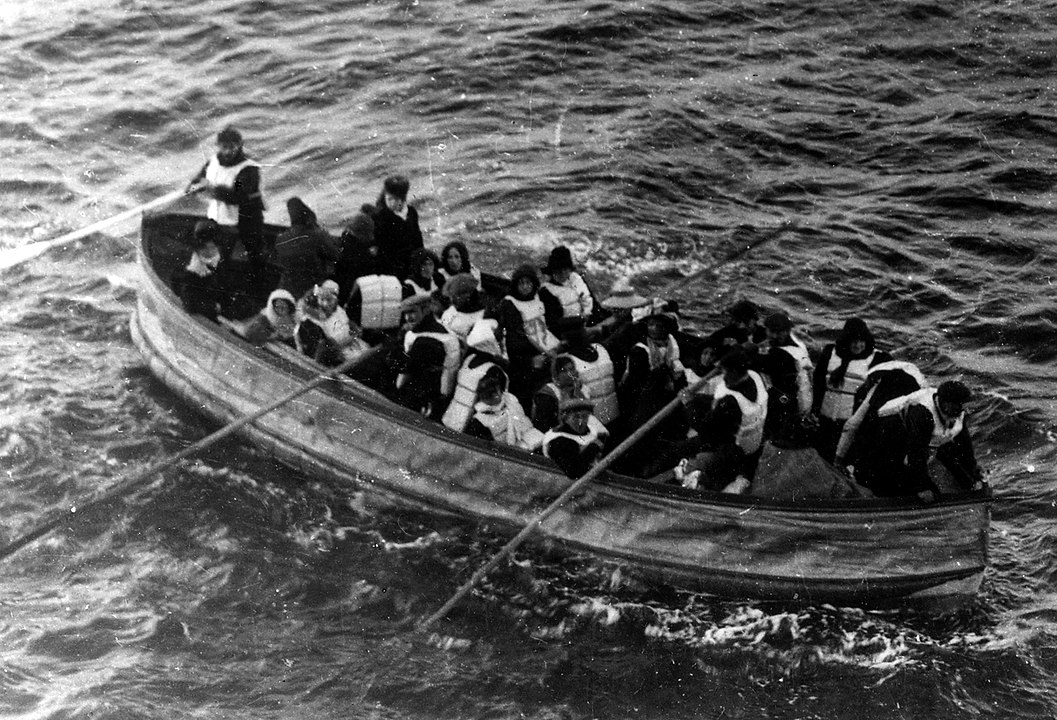
Aftermath and Investigation
In the wake of the Titanic disaster, the world was left reeling, searching for answers and demanding accountability. In this section, we’ll delve into the aftermath of the sinking and the subsequent investigations that sought to uncover the truth behind the tragedy. We will explore the inquiries held on both sides of the Atlantic, the changes in maritime safety regulations, and the enduring impact of the Titanic’s sinking on the public consciousness. As we examine the consequences of this monumental event, we will discover how the Titanic’s story has influenced our understanding of safety, human error, and the ongoing quest to learn from the past.
Initial Reactions and News Coverage
The sinking of the Titanic sent shockwaves around the globe, as people grappled with the magnitude of the disaster. News outlets raced to report the story, often with conflicting or erroneous information. Headlines proclaimed the tragic loss of life, highlighting the stories of heroism and heartbreak that emerged from the catastrophe. The public was left questioning how such a disaster could have occurred, and the world mourned for the lives lost.
The American and British Inquiries
In the aftermath of the tragedy, two major inquiries were launched to investigate the causes of the sinking and the subsequent loss of life. The United States Senate conducted the first inquiry, led by Senator William Alden Smith. This investigation examined the ship’s design, safety equipment, and the actions of the crew and the shipping company.
Following the American inquiry, the British Board of Trade launched its own investigation, led by Lord Mersey. This inquiry focused on similar issues, as well as the role of the Board of Trade itself in overseeing maritime safety regulations. Both inquiries reached similar conclusions, citing insufficient lifeboats, the ship’s speed, and the failure to heed iceberg warnings as contributing factors to the disaster.
Changes to Maritime Safety Regulations
As a direct result of the Titanic disaster, significant changes were made to maritime safety regulations. The International Convention for the Safety of Life at Sea (SOLAS) was established in 1914, setting new standards for ship design, safety equipment, and navigational procedures. These changes included requirements for sufficient lifeboats, life jackets, and lifeboat drills, as well as the establishment of the International Ice Patrol to monitor iceberg activity in the North Atlantic.
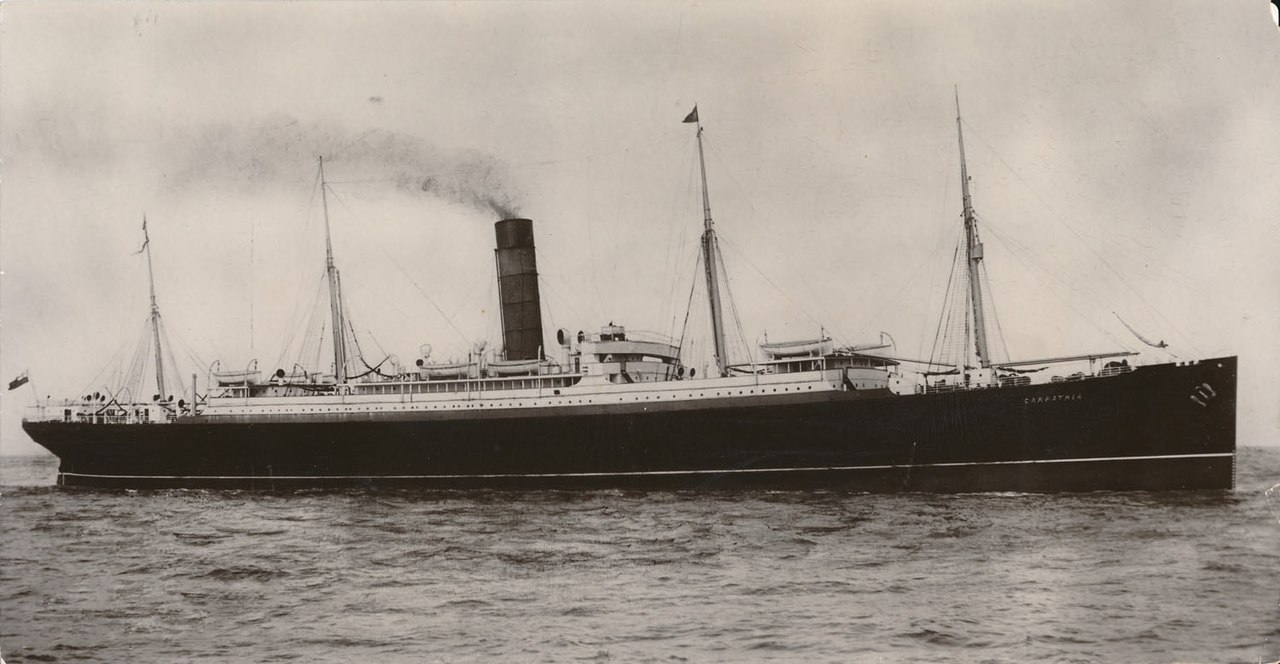
Rediscovery and Exploration of the Titanic Wreck
As the years passed, the Titanic’s final resting place remained a mystery, hidden beneath the depths of the Atlantic Ocean. In this section, we will explore the incredible efforts to locate and explore the Titanic wreck, from its eventual rediscovery in 1985 to the ongoing scientific expeditions that seek to uncover more about the ship’s tragic fate. We’ll delve into the groundbreaking technology used to explore the sunken vessel, the preservation efforts to protect the site, and the fascinating discoveries that continue to captivate the world. Join us as we journey to the ocean floor, where the Titanic’s story has been silently waiting, suspended in time for over a century.
The 1985 Discovery by Robert Ballard
After numerous attempts to locate the Titanic wreck, oceanographer Robert Ballard and his team made history on September 1, 1985, when they discovered the ship’s remains more than 12,000 feet below the surface of the Atlantic. Using state-of-the-art technology, including the remotely operated vehicle (ROV) Argo, Ballard’s team was able to capture the first images of the Titanic’s resting place, sparking renewed interest in the ship’s story.
Subsequent Expeditions and Artefact Recovery
Following the 1985 discovery, multiple expeditions have been launched to further explore the wreck and recover artifacts from the site. Thousands of items, including personal belongings, ship fixtures, and even parts of the vessel itself, have been retrieved and preserved. These artifacts have provided valuable insights into life aboard the Titanic and the events surrounding its sinking. However, the recovery of these items has also sparked ethical debates regarding the treatment of the wreck as a gravesite and the commercialization of the tragedy.
Preservation Efforts and Ethical Debates
As interest in the Titanic wreck continues to grow, preservation efforts have been implemented to protect the site from further decay and potential exploitation. In 2012, the Titanic wreck was granted UNESCO protection under the Convention on the Protection of Underwater Cultural Heritage. Additionally, guidelines have been established for future expeditions to ensure that the wreck is treated with respect and that any recovered artifacts are used for educational purposes rather than profit.
Despite these efforts, ethical debates persist around the exploration and recovery of artifacts from the Titanic wreck. Some argue that the site should be left undisturbed as a memorial to those who perished, while others maintain that responsible exploration and recovery efforts can help preserve the Titanic’s legacy and contribute to our understanding of the tragedy.
In this section, we’ve delved into the rediscovery and exploration of the Titanic wreck, from Robert Ballard’s groundbreaking discovery to the ongoing expeditions that seek to uncover more about the ship’s fate. As preservation efforts and ethical debates continue to shape our approach to the wreck, the Titanic’s story remains a powerful testament to the human desire to explore, understand, and learn from our past.
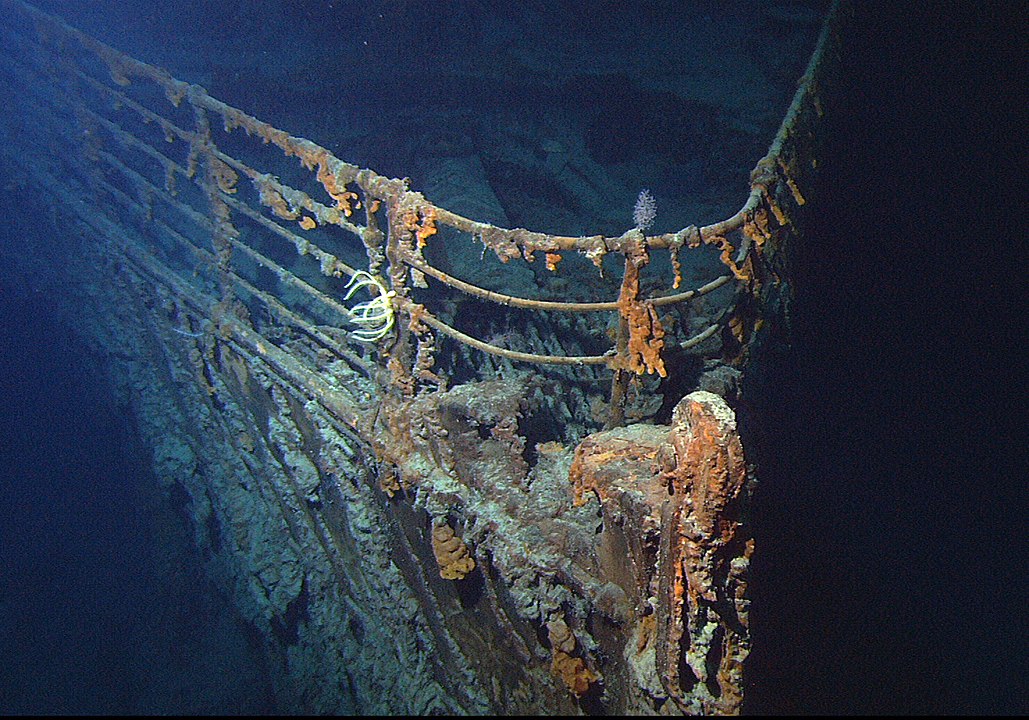
The Titanic in Popular Culture and Legacy
The Titanic’s tragic tale has transcended time, capturing the imagination of generations and leaving an indelible mark on popular culture. In this final section, we will delve into the myriad ways the Titanic story has permeated the arts and entertainment world, from literature and music to film and television. We’ll examine how the Titanic’s legacy has inspired creative minds and sparked countless retellings and reinterpretations of the fateful voyage. As we explore the lasting impact of this iconic ship on our collective consciousness, we’ll come to understand how the Titanic continues to captivate, educate, and serve as a powerful reminder of human vulnerability, courage, and resilience.
Books, Films, and Documentaries
The Titanic’s story has been the subject of countless books, films, and documentaries over the years, each offering unique perspectives and interpretations of the disaster. Notable works include Walter Lord’s “A Night to Remember,” a meticulously researched account of the sinking, and the blockbuster film “Titanic” directed by James Cameron, which became one of the highest-grossing movies of all time. Documentaries, such as “Ghosts of the Abyss,” have taken viewers on a journey to the depths of the ocean to explore the shipwreck and uncover its secrets.
Titanic Memorials and Museums
Memorials and museums dedicated to the Titanic can be found across the globe, paying tribute to the ship and its passengers. The Titanic Belfast museum, located in the city where the ship was constructed, offers an immersive experience that showcases the ship’s history and its tragic end. In the United States, the Titanic Museum Attraction in Branson, Missouri, and Pigeon Forge, Tennessee, provides visitors with an opportunity to learn about the ship’s passengers and crew through interactive exhibits and personal stories.
Lessons Learned and Lasting Impact
Following the sinking, new regulations were implemented to ensure the availability of lifeboats for all passengers and to improve communication and navigation systems. The International Ice Patrol was established to monitor and report ice conditions in the North Atlantic, reducing the risk of similar collisions in the future.
The Titanic’s legacy serves as a cautionary tale, reminding us of the perils of human hubris and the importance of constant vigilance in the face of potential disaster. Its story has been woven into the fabric of our culture, inspiring generations to learn from the past and strive for a safer, more responsible future.
Conclusion
As we conclude our journey through the Titanic’s remarkable story, we reflect on the myriad facets that have contributed to its enduring legacy. From the ship’s groundbreaking design and tragic sinking to the far-reaching repercussions and influence on popular culture, the Titanic remains a powerful testament to human resilience, ambition, and vulnerability. In this final section, we will summarize the key takeaways from our exploration and consider the lasting lessons that the Titanic’s story holds for future generations. Through understanding the past, we can strive to learn from its mistakes and appreciate the incredible achievements of those who came before us.

Joyce Ann Tyldesley is a renowned British archaeologist, Egyptologist, writer, and broadcaster.
